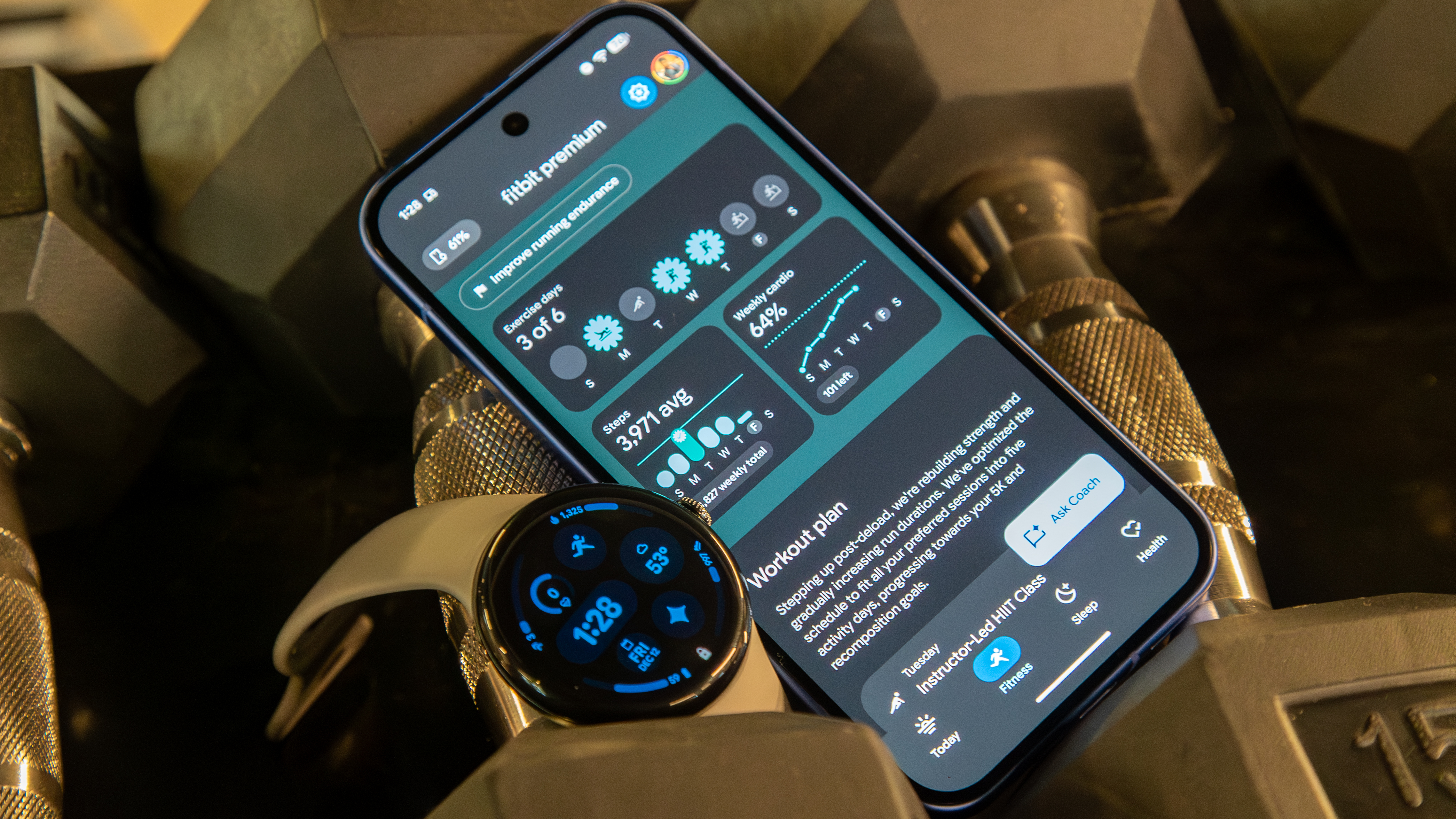Amazon Echo (4th Gen) vs. Amazon Echo Studio: Which should you buy?

Amazon Echo (4th Gen)
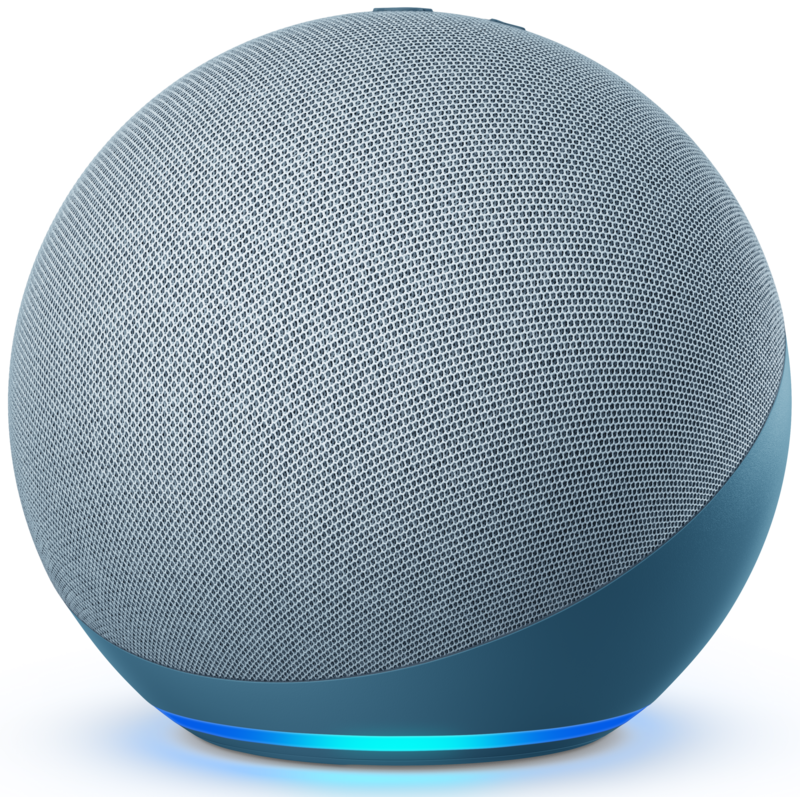
The all-new Amazon Echo (4th Gen) does everything you could ask for in a mid-range smart speaker. It offers impressive audio quality, a smart home hub with Zigbee and Sidewalk, a snazzy new spherical design, and, most importantly, the fastest Alexa responses ever.
Amazon Echo (4th Gen)
Faster Alexa
Amazon Echo Studio
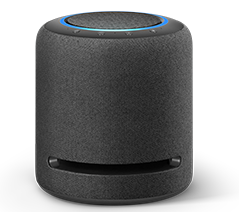
The Echo Studio is built as a high-end, all-in-one speaker that doesn't sacrifice audio quality while hosting a reliable voice assistant. It can play Dolby Atmos soundtracks and high-bitrate music, with midrange drivers and amplifier tech that no other Echo speakers share.
Amazon Echo Studio
Crammed with speakers
With the launch of the new 4th Generation lineup of Echo speakers, we're hosting a no-holds-barred showdown between the Amazon Echo versus the Echo Studio, the two best Alexa speakers available today. The Studio is a deluxe powerhouse of a smart speaker with the best audio tech and Dolby support; the Echo (4th Gen) costs half as much while adding a new, faster processor and full Sidewalk Bridge support. Neither is the wrong choice, but we'll help you decide which is the best fit for your living room.
Amazon Echo versus Echo Studio: Rolling them down the runway
Before we dive into the true meat and potatoes of this comparison — the sound quality, unique features, and Alexa support — let's get the obvious out of the way. Purely based on aesthetics, the Echo Studio is a five, while the Echo (4th Gen) is a ten.
Like most smart speakers, the Echo Studio is cylindrical with fabric all over and a flat space for buttons on top. The main difference is that it needs to pack in more audio drivers inside, so it's wider than average and therefore pretty squat looking.
Standing out thanks to its spherical design, the Echo (4th Gen) has a two-tone appearance of fabric and plastic that naturally shows which direction the sound will play. It comes in black, white, or blue, compared to the Studio's dull single color option. And it switches up the Echo formula with a rounded top with buttons sticking up from the surface and an LED ring on the base instead of at the top. The Echo's 3.5 mm port can support both line-in & out, while the Echo Studio only supports line in.
The only design element of the Echo (4th Gen) we dislike are those top buttons, which have a satisfying click to them but also don't always register your presses, as well as they should. Otherwise, Amazon's Echo redesign is a slam dunk and makes it stand out more than the Echo Studio.
Get the latest news from Android Central, your trusted companion in the world of Android
Amazon Echo versus Echo Studio: Two different sound experiences
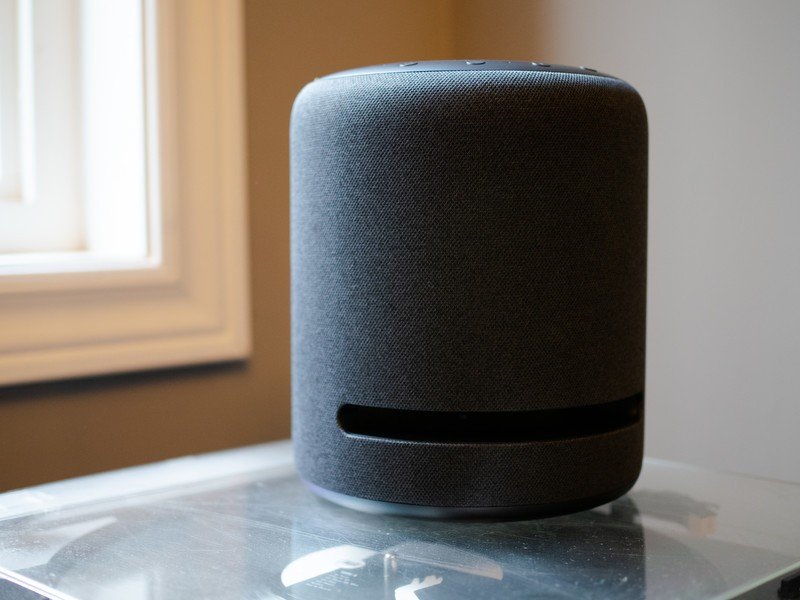
In our Echo (4th Gen) review, our reviewer Joe Maring raved about the "damn impressive sound quality" of the new smart speaker.
The Echo has "damn impressive sound quality" for its price range.
"The Echo kicks out a ton of bass, but it never gets to the point where it sounds too muddy," Maring said. "You get a nice thump on the low end, but the mid and high end still sounds good to my ears." Bass, classical instruments, and vocals all came through rich and clear while testing various songs.
Of course, in our Echo Studio review last year, reviewer Daniel Bader heaped praise on its overall audio quality compared to other Echos and more expensive speakers — but didn't have kind words for one important Echo Studio feature.
The Echo Studio "blasts sound with confidence," with "enough amplification to fill a room without distorting" thanks to its impressive array of three midrange speakers, one tweeter, and one large woofer. For comparison, the Echo (4th Gen) has a built-in woofer that's over two inches smaller, dual tweeters, but no midrange speakers or amplifier.
"Vocals are particularly impressive, with lush, warm roll-off that feels inviting in almost any genre," Bader said. However, he admitted that the low-end audio "can be a bit overbearing." He was also impressed with its ability to play Dolby Atmos soundtracks when paired with a Fire TV. Normally, Dolby Atmos requires a fairly expensive soundbar and surround sound system to achieve.
The Echo Studio sounded amazing once we turned off the default 3D upmixing setting.
Where we were disappointed was in the Echo Studio's 3D performance. By default, it upmixes its stereo music to 3D, but our reviewer was far from impressed. Bader said that "none of it sounded better than the standard stereo mix," and vocal-heavy music upmixed to 3D actually sounded "terrible" to his ears. Ultimately, we recommend turning off this feature if you buy the Echo Studio. However, you should use it when listening to 3D Amazon Music content.
If you put 3D audio aside, the Echo Studio has a stronger audio presence and can also play 24-bit Ultra HD music, while the Echo (4th Gen) is stuck with 16-bit HD music. Nevertheless, the Echo (4th Gen) truly does sound excellent for its price, and not everyone needs the extra volume and bass that the Echo Studio provides.
Amazon Echo versus Echo Studio: Spec and feature breakdown
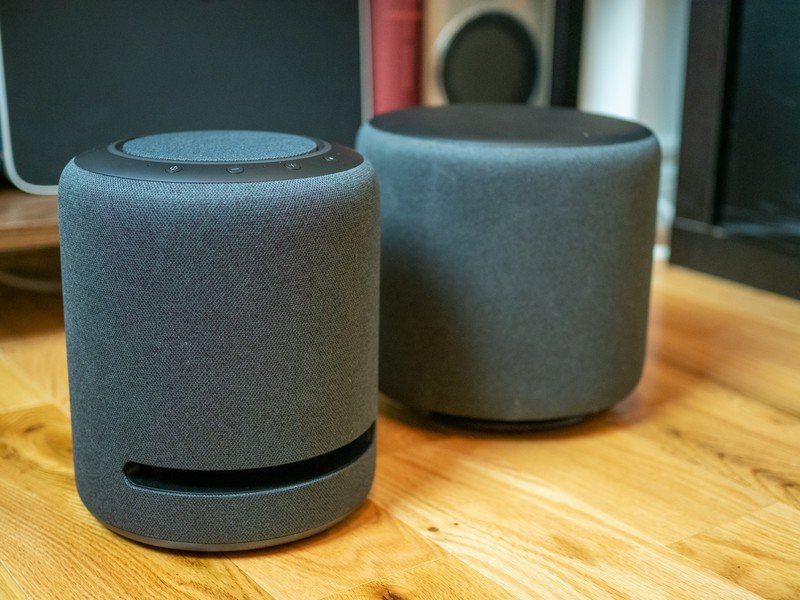
As Amazon designed both of these speakers, the Echo and Echo Studio share many characteristics. However, despite coming out less than a year later, the Echo has some significant differences in specs and built-in features from the Echo Studio. We've broken those differences down in the table below.
| Header Cell - Column 0 | Amazon Echo (4th Gen) | Amazon Echo Studio |
|---|---|---|
| Dimensions | 5.7" x 5.7" x 5.2", 2.14 lb | 6.9" x 6.9" x 8.1", 7.7 lb |
| Finishes | Charcoal, Glacier White, Twilight Blue | Fabric (charcoal) |
| Processor | AZ1 Neural Edge | Unknown |
| Speakers | 3" woofer, dual front-firing 0.8" tweeters | Three 2"; midrange speakers, one 1" tweeter, one 5.25" woofer |
| Amplifier | None | Peak output 330W; 24-bit DAC; 100 kHz bandwidth |
| Dolby Support | Dolby Processing | Dolby Atmos |
| Amazon Music Support | HD (16-bit audio, average bitrate of 850 kbps | HD and Ultra HD (24-bit, average bitrate of 3730 kbps) |
| 3D audio | No | Yes |
| Room calibration | Yes, automatically adapts to room size | Yes, automatically adapts to room size |
| Bluetooth | A2DP, AVRCP and BLE Mesh | A2DP, AVRCP |
| Wi-Fi | 802.11a/b/g/n/ac (2.4 / 5 GHz) | 802.11a/b/g/n/ac (2.4 / 5 GHz) |
| Line in-out | 3.5 mm line in/out | 3.5 mm or mini-optical Toslink line in |
| Pair Multiple for Stereo Sound | Yes | Yes |
| Voice assistant support | Built-in Alexa | Built-in Alexa |
| Mic on indicator | LED ring around the base | LED ring on top |
| Smart home tech | Zigbee smart home hub, Sidewalk Bridge | Zigbee smart home hub, Sidewalk Bridge (limited) |
| Smart TV compatibility | Pairs with newest Fire TV devices for audio output | Pairs with newest Fire TV devices for audio output |
| Low power mode | Yes | No |
Apart from sound and design, the third main difference between the two smart speakers is their Alexa processing speed. All of the new 2020 Echos have the new AZ1 Neural Edge processor, which can interpret many Alexa commands on-device instead of sending them to the cloud for interpretation. In doing so, the AZ1 Neural Edge is 2x faster at speech processing than the processor found in the Echo Studio, making the new Echo's responses feel much more immediate.
Both devices serve as a Zigbee hub and work with Amazon's new security service, Guard Plus. However, the Echo (4th Gen) also features Amazon Sidewalk Bridge, which extends your smart home range outside of your home into your yard and the surrounding neighborhood. Older Echos, including the Echo Studio, have a basic form of Sidewalk patched in that uses Bluetooth Low Energy (BLE) to communicate with devices in your home. Still, the new Echo adds 900MHz LoRa signals that transmit far beyond your walls.
Amazon Echo versus Echo Studio: Which should you buy?
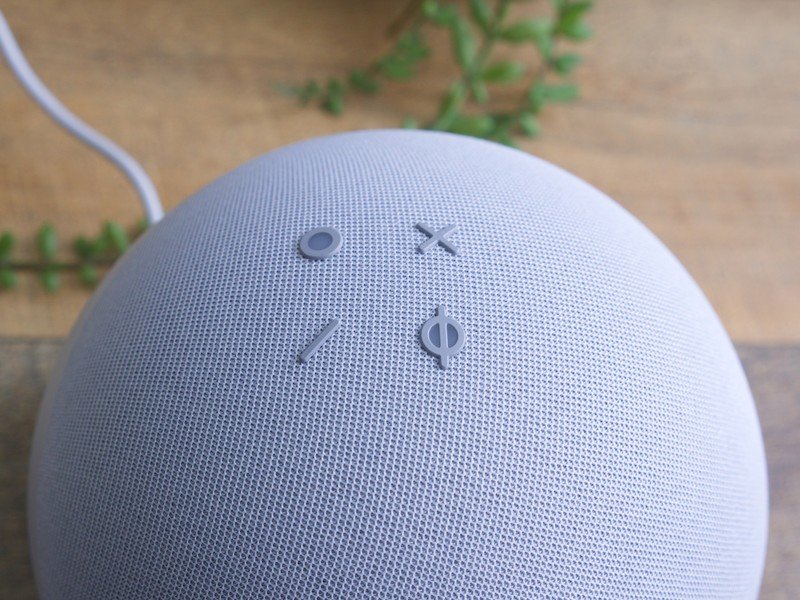
The Echo Studio generates richer and louder audio than the Echo (4th Gen). That much is clear. But if you're looking for the best Echo audio experience, you'd need to buy a second Echo or Echo Studio to produce stereo sound, plus an Echo Sub to produce a deeper, higher quality bass than either device is capable of producing. If you plan on buying a family of Echos, the Echo (4th Gen) will save you a significant amount of money.
As a smart speaker, the Echo beats out the Echo Studio with its speedier Alexa response time.
If you're buying an Echo as a smart speaker first and foremost, then the all-new Echo may still be your best choice. With the new AZ1 chip, it can interpret your questions on-site without having to pull data from the cloud, cutting the response time in half. Moreover, it takes up slightly less room than the Echo Studio and has a low power mode that uses less electricity when not actively in use.
Considering we were perfectly happy with the audio output of the Echo (4th Gen) in our review, it isn't easy to justify spending an extra $100 on the Studio just to add even more speakers and a 3D audio feature we don't use. But if you care about streaming 24-bit audio, or want a smart speaker with limited Atmos support, then the Echo Studio should be your first choice despite the higher price.

Stylish visuals and sound
The new Amazon Echo (4th Gen) is a major upgrade from its 3rd-generation predecessor and is a legitimate competitor to the Echo Studio despite remaining at a lower price tier. For speedy information from Alexa and a pretty speaker that catches your eye, start and end your search here.

Still unsurpassed in sound quality
We reviewed the Echo Studio as matching or outperforming the audio quality of more expensive speakers like the Sonos Move, which shows that the Studio is still a bargain compared to many smart speakers. It's filled to the brim with speakers that produce sound the Echo (4th Gen) just can't match.

Michael is Android Central's resident expert on wearables and fitness. Before joining Android Central, he freelanced for years at Techradar, Wareable, Windows Central, and Digital Trends. Channeling his love of running, he established himself as an expert on fitness watches, testing and reviewing models from Garmin, Fitbit, Samsung, Apple, COROS, Polar, Amazfit, Suunto, and more.
